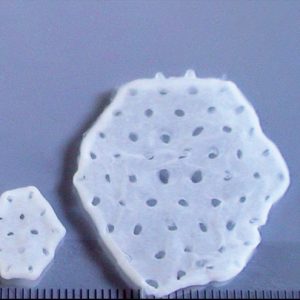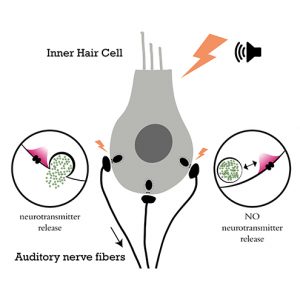Alpha-Synuclein: Mechanisms of Release and Pathology Progression in Synucleinopathies
Authors Brás IC, Outeiro TF Journal Cells Citation Cells 2021, 10(2), 375. Abstract The accumulation of misfolded alpha-synuclein (aSyn) throughout the brain, as Lewy pathology, is a phenomenon central to Parkinson’s disease (PD) pathogenesis. The stereotypical distribution and evolution of the pathology during disease is often attributed to the cell-to-cell




